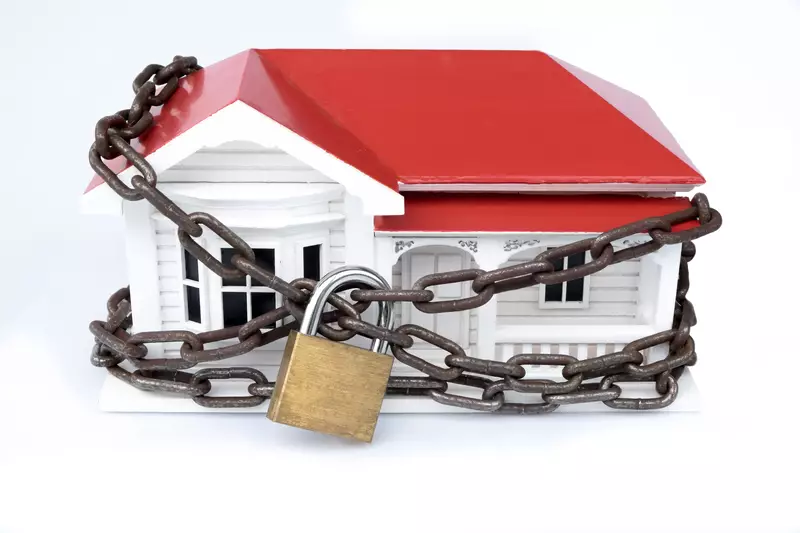Being a homeowner means having responsibilities of all kinds. Between daily chores, upkeep, maintenance and bill paying, homeowners have their hands and schedules full. But on top of all of these daily responsibilities, we have to make sure our families are safe, and to do that, we need to minimize the risks of injuries in and around our home. And In order to minimize the risks, we need to be conscious of the hazards in our homes.
Here we look at some of the most common hazards found in our homes and ways to prevent injuries.
Drowning – Drowning is the leading cause of death and injuries in children one to four years of age. Shockingly, it can happen in as little as 2 inches of water, and most often within 5 minutes of being out of their care-givers sight. While many drownings happen in swimming pools, a staggering one-third actually happen in the bathtub.
Ways to minimize the risk:
Install a four-sided fence with self-closing latch around your pool. Note: Be sure to check your local laws for specific fence and gate guidelines for your type of pool.
While it might be tempting to walk away “for just a second”, never leave your child alone in the bathtub or in the pool.
Always keep your hot tub securely covered when not in use.
Fires and Burns — Fire hazards are the third biggest cause of home fatalities. You can help prevent burns and injury or death by fire by following the below tips.
First and foremost, install smoke detectors. If you don’t already have them in the kitchen, bedrooms and basement, INSTALL THEM NOW.
Once you know you have them installed in all appropriate areas, set a schedule to check them and replace batteries every six months.
Check wiring, extension cords and outlets. Be extra vigilant during the holidays when hanging Christmas lights. If there are any frays in the cord, replace the set with a new one. Always be sure to shut them off/unplug them when going to bed at night or leaving the house.
Be sure to blow out candles before going to bed or leaving the house.
When cooking, make sure handles are turned towards the back side of the stove and out of reach of children.
Be sure to have your chimneys inspected and cleaned yearly.
Clean out your dryer vents and exhausts.
Always be sure to keep space heaters away from flammable objects, such as blankets and curtains.
Choking – Choking hazards come in all shapes and sizes… literally. From food to toys, we list ways to minimize choking risks in children.
The most important thing we can do is keep an eye on children.
Follow pediatricians’ recommendations and keep super soft pillows and blankets out of cribs. Also, be sure to put babies down to sleep on their backs and avoid laying them down on their bellies.
Take the extra time to cut food into small pieces and teach your children to chew thoroughly.
Never allow small children to eat hard candy.
Allow children to only play with age-appropriate toys. Allowing young children to play with toys that come with small pieces could lead to greater choking risks.
Above all, learn how to perform first aid and the Heimlich on your children.
Cuts – While cuts are not necessarily as life threatening as some of the other hazards we have mentioned here, minimizing the risks could avoid unnecessary injury and trips to the doctor or hospital.
Always keep knives and other sharp kitchen utensils out of reach of children.
Keep utensil drawers locked with child safety locks.
Suffocation/Strangulation – Toddlers and young children are at great risk for suffocation and strangulation.
Keep all plastic bags out of reach of children.
Do not leave purses and handbags unattended where children to wrap the strap around their necks.
Never leave rope or cords where children can reach them, including the cords to window treatments.
Do not allow small children to wear necklaces or headbands.
Avoid hanging a pacifier around a child’s neck.
Poisoning – Poisoning can affect adults and children alike. Here we will outline some ways to prevent accidental poisoning in our homes.
While it seems obvious enough, sometimes we are in a hurry and become careless. Always keep cleaning supplies on high shelves or locked in cabinets, OUT OF REACH OF CHILDREN.
Be sure medications and vitamins, including children’s medicine, are also out of reach of children.
Avoid putting chemicals and cleaners in anything that resembles a drinking bottle or food container.
Store and dispose of batteries responsibly. They’re not only choking hazards, but they are also poisonous.
While the list of hazards in our home could go on and on, paying attention to those detailed above can help minimize the risk of injuries and fatalities. While we can never be sure that accidents will not happen, being cautious and heeding the steps above can help keep our loved ones safe.

